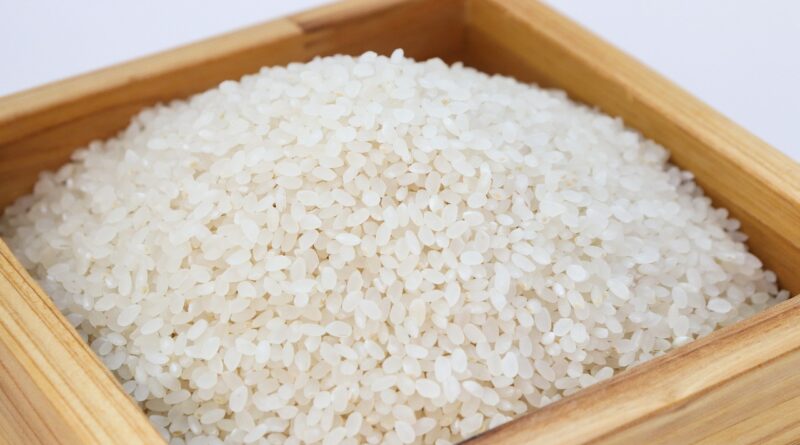Rice prices in Bangladesh unlikely to fall from current level
By Sohel Parvez
Rice prices are unlikely to decline from the current level in marketing year (MY) 2024-25, beginning from May, the US Department of Agriculture (USDA) said in its latest report on Bangladesh.
“This is due to the high cost of paddy production, attributed to the increased costs of seeds, fertilisers, irrigation, labour, and other factors,” the USDA’s Foreign Agricultural Service said in its report on grain and feed in Bangladesh, published last week.
“Farmers note that the cost of production increased due to the increase in fertiliser cost, irrigation cost, and labour cost,” it said.
The daily labour wage rate was 30 to 40 percent higher during the Boro paddy planting season this year compared to that a year ago, it added.
The USDA’s prediction comes at a time when rice prices are going up.
Yesterday, the price of coarse grain, the benchmark variety, was 6.25 percent higher year-on-year, reaching Tk 50 to Tk 52 per kilogramme at retail markets in Dhaka.
The price of fine grain also edged up, according to market price data collected by the state-run Trading Corporation of Bangladesh.
Compared to a month ago, prices of rice, regardless of quality, increased, showed TCB data.
The US agency said the average retail price of high-quality non-aromatic rice remained high throughout MY2023-24.
In March this year, the average price of non-aromatic rice was Tk 68.5 per kilogramme, up 1.5 percent year-on-year, said the USDA report.
“Since October 2023, the coarse rice price has risen slightly every month, primarily on high inflation and higher cost of milling and transportation. Even with the good Aman season harvest, the prices remain high,” it said.
“Rice millers and traders mentioned that the high price of paddy leads to high prices for rice.”
The report also said an import duty reduction by the government in February to 15.25 percent from 62.5 percent as well as the permission granted to the private sector to import the grain was unlikely to reap rewards.
“However, due to the high international price of rice and the depreciation of the local currency, private importers have shown little interest in importing rice,” said the USDA.
It that forecast only 50,000 tonnes of rice would be imported for MY25 assuming a good harvest in the current Boro season and coming Aus and Aman seasons.
It said it envisions minimal opportunity for private importers to import coarse rice in MY25 unless India permits exports of non-basmati rice and withdraws an export tariff on non-basmati parboiled rice.
“Currently the domestic rice price in India is very high, therefore, even if India allows rice exports, the price may not be attractive for Bangladesh to import,” said the US agency.
“If the prices of rice from Thailand, Vietnam, and other sources remain elevated, and the taka continues to depreciate against the US dollar, private importers will not be interested in importing rice, as their total import costs would surpass the domestic price of rice.”
The USDA, which forecasts increased rice production for MY25, said Bangladesh may only import coarse rice if there is a poor harvest and local prices escalate significantly.
The South Asian nation may harvest around 3.77 crore tonnes of rice in MY25, which would be 1.9 percent higher year-on-year, said the report.
This is based on the assumption of favourable weather conditions, adequate seed and fertiliser supply, and continued support from the Department of Agricultural Extension (DAE) under the agriculture ministry, according to the report.
Overall acreage is projected to increase too.
The US agency forecast that the overall yield of Boro rice, the first and principal crop of a marketing year, would be 2.05 crore tonnes in MY25 compared to 2 crore tonnes in MY24.
It said farmers are cultivating some newly-released varieties such as BRRI Dhan84, BRRI Dhan92, and Bangabandhu Dhan100 during this Boro season due to better yields and higher tolerance to stress and disease.
“Farmers also apply sufficient fertilisers that leads to higher yield of Boro season rice. Farmers reported that there is no shortage of fertilisers in the market during this Boro rice season. The acreage and production of Boro rice increases slightly each year.”
As of March 2024, farmers are anticipating a good harvest of on-field boro rice, it said.
“No natural disasters, such as droughts, heatwaves, cyclones, or pest outbreaks, have been reported yet.”
The USDA also projected higher yield of Aus and Aman rice in MY25.
This article has been republished from The Asia News Network.

